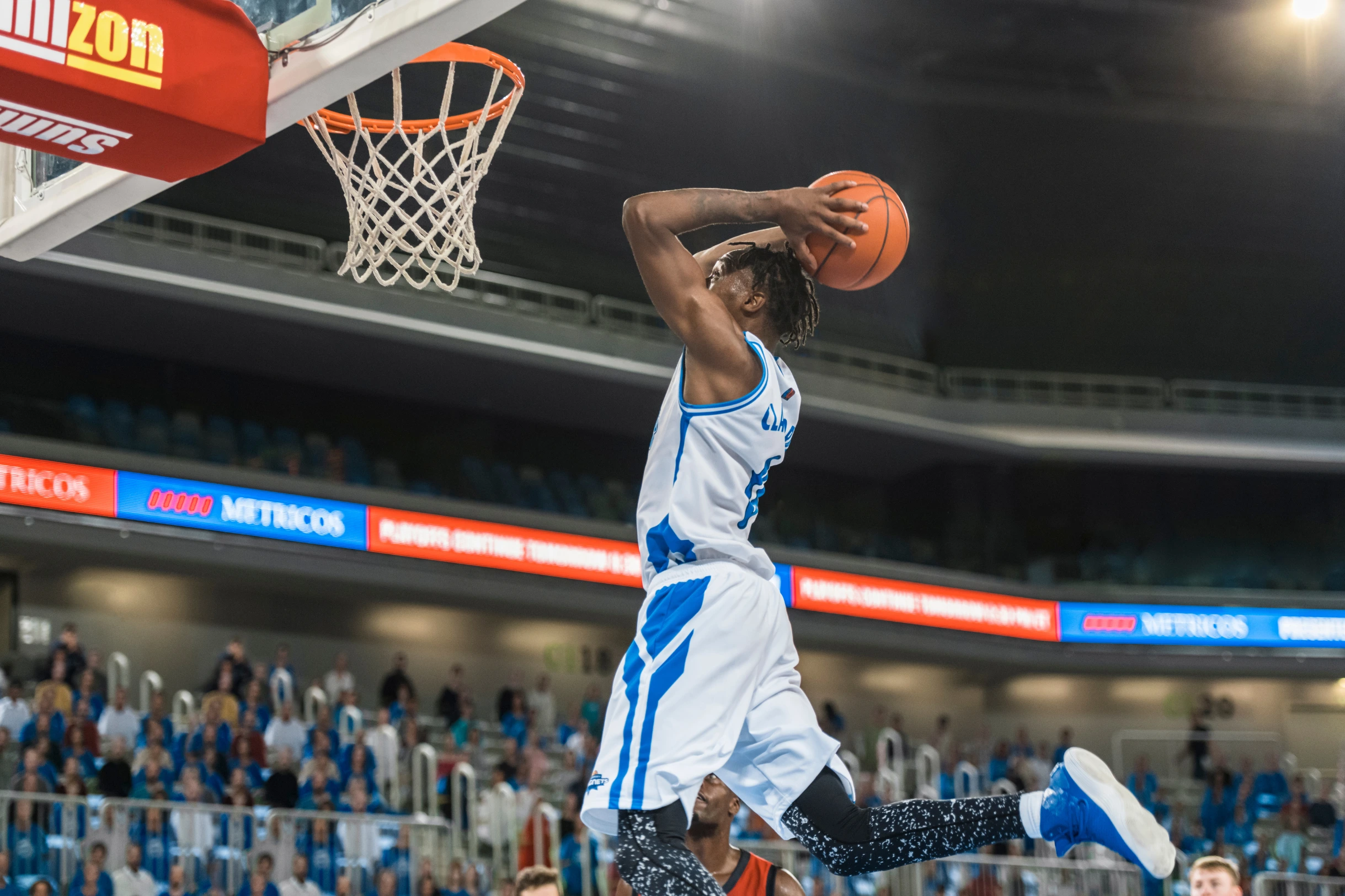College basketball is experiencing one of its most exciting periods in recent memory, with emerging talent capturing national attention and NBA scouts’ interest. These rising stars are redefining what it means to be a standout player in today’s fast-paced, analytics-driven game. From explosive freshmen making immediate impacts to overlooked upperclassmen finally breaking out, the current landscape of college hoops is filled with future professional prospects who are must-watch players this season.
What Defines a Rising Star in College Basketball
Statistical Excellence and Improvement
Rising stars in college basketball demonstrate significant statistical improvements from previous seasons or immediate impact as newcomers. These players showcase elite performance metrics in scoring, rebounding, assists, or defensive statistics that separate them from their peers. Advanced analytics like player efficiency rating (PER), win shares, and usage rate help identify players making genuine impacts beyond basic box score numbers.
NBA Draft Projection and Professional Potential
The most compelling rising stars possess translatable skills that project to the professional level. NBA scouts evaluate players based on athleticism, basketball IQ, shooting ability, and positional versatility. Players who demonstrate rapid skill development and adapt their games to modern basketball trends often see their draft stock rise throughout the college season.
Top Rising Stars by Position
Point Guards Leading the Revolution
Today’s elite college point guards combine traditional playmaking with explosive scoring ability. These floor generals showcase exceptional court vision while maintaining efficient shooting percentages from three-point range. The best rising point guards demonstrate leadership qualities and clutch performance in high-pressure situations that translate directly to professional success.
Dynamic Wings Dominating Both Ends
Wing players represent the most valuable commodity in modern basketball, and college basketball’s rising stars at this position display remarkable versatility. These players can guard multiple positions, create their own shots, and contribute as both primary and secondary playmakers. Their ability to impact winning through various statistical categories makes them attractive to NBA franchises.
Big Men Adapting to Modern Basketball
The center position continues evolving, and today’s rising stars at this position showcase mobility, shooting range, and defensive versatility that older generations lacked. Modern college centers can switch defensively, stretch the floor offensively, and facilitate from the high post, making them invaluable in today’s pace-and-space era.
Factors Contributing to Breakout Seasons
Improved Offensive Systems and Coaching
Many rising stars benefit from improved coaching situations that maximize their unique skill sets. Progressive offensive systems that emphasize player movement, spacing, and analytics-driven shot selection help players reach their potential. Coaches who understand how to develop individual talent within team concepts often produce the most dramatic player improvements.
Enhanced Physical Development and Training
Modern strength and conditioning programs, combined with advanced nutrition and recovery methods, enable college players to make significant physical improvements. Players who add muscle mass, improve explosiveness, or enhance endurance often see their on-court performance improve dramatically, leading to breakout campaigns.
Increased Opportunity and Role Expansion
Sometimes rising stars simply needed the right opportunity to showcase their abilities. Players who transition from bench roles to starting positions, or those who see their usage rates increase due to transfers or graduations, often exceed expectations when given expanded responsibilities.
Impact on March Madness and Tournament Success
Individual Excellence in High-Stakes Games
Rising stars often announce themselves on the biggest stages, using March Madness as a platform to showcase their abilities to national audiences. Tournament success can vault players from relative obscurity to lottery draft consideration, making the NCAA Tournament crucial for player development and recognition.
Team Leadership and Clutch Performance
The best rising stars demonstrate intangible qualities like leadership and clutch gene that separate good players from great ones. Their ability to elevate teammates and perform in pressure situations often determines their team’s ceiling and their own professional prospects.
Scouting Reports and Professional Projections
Skill Development and Areas for Improvement
Each rising star possesses unique strengths while working to address specific weaknesses that could limit their professional potential. Understanding these development areas helps evaluate which players are most likely to succeed at the next level and continue improving their draft stock.
Comparison to Current and Former NBA Players
Drawing comparisons between rising college stars and established professional players helps contextualize their potential impact and playing style. These comparisons, while imperfect, provide frameworks for understanding how college players might translate to the NBA game.
Transfer Portal Impact on Rising Stars
New Opportunities and Fresh Starts
The transfer portal has revolutionized college basketball, giving players opportunities to find better fits for their skill sets and career goals. Many rising stars have benefited from transferring to programs that better utilize their abilities or provide increased exposure.
Coaching Changes and System Fits
Rising stars often emerge when coaching changes bring new systems that better highlight their strengths. Players who struggled in previous systems sometimes flourish under different coaching philosophies that emphasize their unique abilities.
Conclusion
The current crop of rising stars in college basketball represents the future of the sport, combining traditional fundamentals with modern athletic ability and basketball IQ. These players are reshaping how we evaluate talent and demonstrating that breakout seasons can happen at any stage of a college career. Whether they’re explosive freshmen making immediate impacts or overlooked upperclassmen finally reaching their potential, these rising stars are must-watch players who could determine both March Madness outcomes and future NBA success.
As the college basketball season progresses, keep an eye on these emerging talents who are redefining excellence in the modern game. Their continued development and breakthrough performances make them the most compelling storylines in college hoops, promising exciting basketball and bright professional futures for those who reach their potential.
Frequently Asked Questions
Q: How do rising stars differ from established college basketball superstars?
A: Rising stars are players experiencing significant improvement or breakthrough seasons, while established superstars have already proven themselves over multiple seasons. Rising stars often have more upside and intrigue from a development perspective.
Q: What role does social media play in promoting college basketball rising stars?
A: Social media amplifies highlight plays and helps rising stars build personal brands, increasing their visibility to NBA scouts, fans, and potential NIL opportunities. Viral moments can significantly boost a player’s profile.
Q: How important is team success for individual rising stars?
A: While individual performance matters most, team success provides larger platforms and more exposure for rising stars. Players on winning teams typically receive more national attention and tournament opportunities.
Q: Do rising stars typically declare for the NBA Draft after breakout seasons?
A: It depends on their age, draft projection, and personal circumstances. Some capitalize on hot streaks and enter the draft, while others return to improve their stock further or complete their education.
Q: How has NIL affected rising stars in college basketball?
A: Name, Image, and Likeness deals allow rising stars to monetize their growing popularity while remaining in college, potentially influencing their decisions about turning professional and creating new revenue opportunities.





